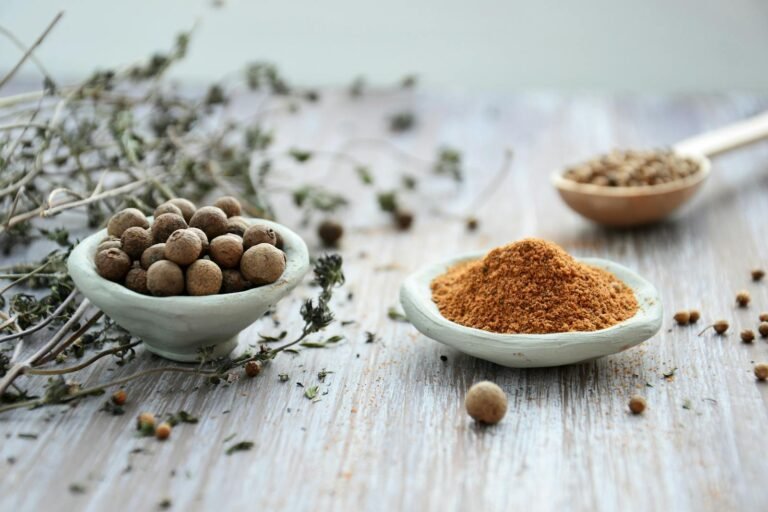Import
"Why does honey become sweeter" is a question that often concerns consumers when they see their favorite natural product changing its texture and appearance.
The phenomenon of sugaring often causes surprise, while sometimes it also creates doubts about the quality of the honey.
But is it really a cause for concern?
Or is it a completely natural process that reveals the authenticity of the honey?
In this article you will discover why honey turns sweet and how to properly manage this phenomenon.
Consumer concern or confusion
It is not uncommon for someone to buy honey and a few weeks or months later notice that the honey has "curdled" or crystals appear.
Thoughts immediately arise:
- Has the honey gone bad?
- Has sugar been added?
- Is it adulterated?
The confusion is completely understandable.
That's why it's important to provide answers that are based on scientific data.
Article objective: To explain why this is a natural process and not a quality problem
The goal of this article is to clarify that crystalluria has completely natural causes.
It is not associated with spoilage or a quality problem. On the contrary, it is often an indication of authenticity.
Let's take a closer look at what's happening.
What does "candied" honey mean?
Definition
When we talk about sugaring honey, we are referring to the process of crystallization.
Crystallization is the phenomenon in which honey's sugars (mainly glucose) form crystals, resulting in the honey acquiring a more solid texture.
What does candied honey look like?
Candied honey is no longer transparent.
It presents a lighter, opaque and dense form.
It may be fully crystallized or have crystals at the bottom and liquid honey on the surface.
Myths surrounding sugaring
There are several myths about why honey is sweetened.
One of the most common is that sweetened honey is of poor quality. Others believe that sugar has been added.
In reality, none of this is true.
Why does honey sweeten?
The natural crystallization process
Crystallization is due to the natural tendency of glucose to transform from liquid to solid form.
All honeys, sooner or later, tend to crystallize.
Chemical composition of honey (glucose – fructose)
The composition of honey plays a decisive role. Honeys with a higher glucose content (relative to fructose) sweeten more quickly.
For example, heather honey Sunflower honey can go rancid within a few weeks.
In contrast, honeys with higher fructose (e.g. pine honey) are slow to crystallize.
Role of temperature
Temperature is another important factor in why honey sweetens.
At temperatures of 10-15°C the crystallization process accelerates.
If you store honey in the refrigerator, you will likely see the phenomenon faster.
Role of humidity
Humidity also affects crystallization.
Honey with higher humidity (above 18%) crystallizes more slowly but there is an increased risk of fermentation.
On the other hand, honey with low humidity (16-17%) crystallizes faster but remains stable.
Role of honey type
Each type of honey has a different tendency to crystallize.
- Flower honey tends to sweeten more quickly.
- Pine honey, due to its naturally low glucose content, remains liquid for a longer time.
- Heather and chestnut honey exhibit varying behaviors.
"Why does honey sweeten" depends directly on its botanical origin.
Is candy good or bad?
Authenticity indicator
A honey that sugars proves its naturalness.
Commercial honey that is never sweetened may have undergone heat treatment or filtration that destroys the pollen and its natural enzymes.
Therefore, crystallization is a sign that the product has not undergone industrial processing.
Does not affect nutritional value
The nutritional value remains unchanged. Vitamins, enzymes, amino acids and antioxidants continue to be present in crystallized honey.
Crystallization of honey does not mean that it loses its beneficial properties.
It does not mean added sugar or adulteration
One of the biggest mistakes is to assume that sugar was added to honey.
The crystallization of honey has nothing to do with adding sugar.
It is a completely natural phenomenon.
How to restore honey to its liquid form
Gentle heating methods (bain marie, not microwave)
If you prefer honey in liquid form, you can warm it gently.
The best method is a bain-marie.
Heat water to 35-40°C and place the jar of honey in it.
Just because honey has become sugary doesn't mean we can't enjoy it liquid again.
What to watch out for to avoid destroying nutrients
Avoid microwaves.
Sudden heating can destroy valuable enzymes.
Therefore, always prefer low temperatures and a patient process.
How to store honey to delay sugaring
Ideal storage conditions
If you want to delay the phenomenon, store the honey in a place with a constant temperature.
Avoid the refrigerator.
The sugaring of honey also has to do with where you store it.
Temperature, light, humidity
Ideally, store honey in a dark cupboard, away from sunlight and moisture.
Temperatures around 20°C are suitable.
This way, it will remain liquid for longer.
Suitable utensil
Use a glass or quality plastic container with an airtight lid.
Air humidity can negatively affect honey.
The crystallization of honey is directly linked to the type of packaging.
Conclusion
- The sugaring of honey is simply a natural phenomenon.
- It is not related to poor quality or adulteration.
- On the contrary, it can be an indicator of authenticity.
- Consumers should not worry.
- They can enjoy natural honey, whether it is liquid or crystallized.
- The change in texture does not affect its nutritional value.
- If they want it liquid, they can restore it using gentle methods.
In any case, the most important thing is to prefer natural, unprocessed honey.
The next time you wonder why honey is sweet, you will know the answer.
And you will be able to explain to those around you why this is not a bad thing — but natural.


